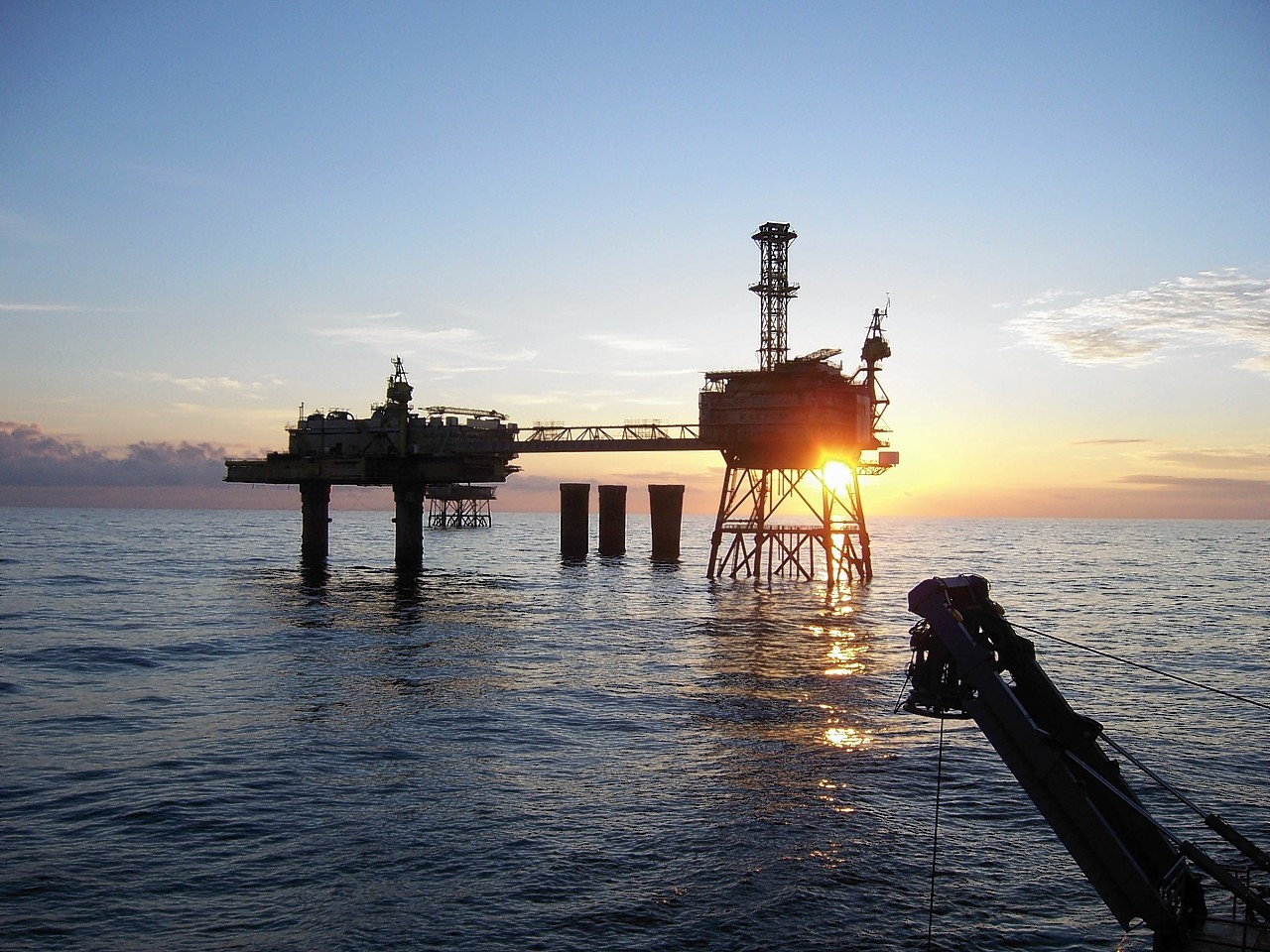The annual cost of dismantling and removing old oil and gas assets in the UK North Sea is expected to hit £1billion for the first time during 2014.
Oil and Gas UK (OGUK) also predicts annual spending on decommissioning projects will average £1.5billion over the next 10 years.
The figures are revealed in the industry body’s latest Decommissioning Insight report, which looks at activity levels and expenditure.
Other key findings include the £470million that was spent on decommissioning last year and total forecast expenditure of £14.6billion between 2014 and 2023.
OGUK says its decommissioning spending figure for 2014-2023 is well up from its 10-year forecast of £10.4billion a year ago for a number of reasons.
Some £3billion was added by new respondents to its annual survey of operators and their decommissioning plans.
A further £1.2billion is attributed to higher forecasts from existing projects.
OGUK says forecast expenditure will be concentrated in the central North Sea, making up £6.3billion of the total.
The largest category of expenditure is well plugging and abandonment at 44%of the total, or £6.4 billion.
OGUK operations director Oonagh Werngren said: “Decommissioning Insight 2014 will be of huge interest to both operators and contractors as they look to the future.
“Our report provides the industry with the facts and figures it requires in order to be as informed and prepared as possible for when opportunities arise in this growing sector.
“For operators, this might be a case of collaborating on work programmes to reduce cost and gain greater efficiency, and for the broader supply chain it is ensuring the UKCS (UK continental shelf) is geared up to take on this new challenge, ensuring the right technologies are developed and we have the resources in place to handle the work.”
The report, launched at the OGUK/Decom North Sea Offshore Decommissioning Conference in St Andrews yesterday, focuses on the decommissioning activities and plans of 28 operators working in the UK North Sea.
It says six projects have been deferred, with their expenditure now “occurring partially out of the survey timeframe”.
OGUK adds: “Most of the decommissioning programmes captured in this survey are considered to be in the early scoping stages.
“Forecasts are, therefore, subject to change as projects become more defined.”
